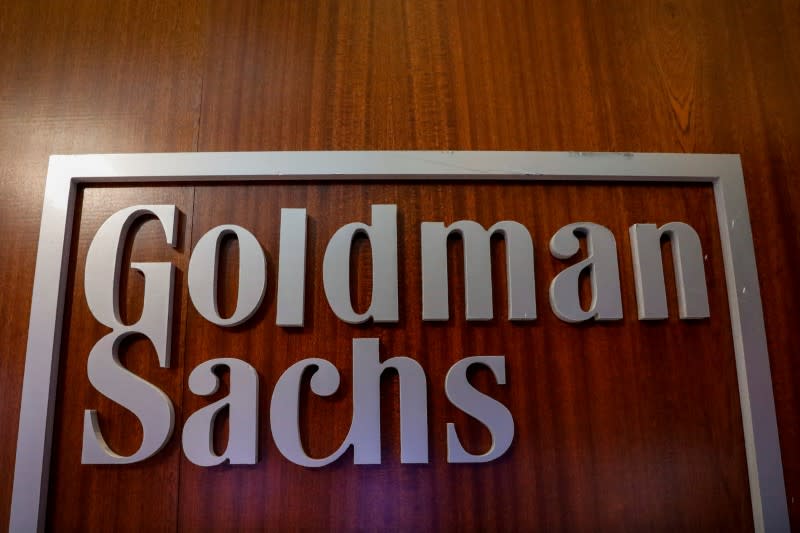Goldman Sachs slashes U.S. GDP estimate further

By Sinéad Carew
(Reuters) - Goldman Sachs said on Tuesday the second-quarter U.S. economic decline would be much greater than it had previously forecast and unemployment would be higher, citing anecdotal evidence and "sky-high jobless claims numbers" resulting from the coronavirus pandemic.
Goldman is now forecasting a real GDP sequential decline of 34% for the second quarter on an annualized basis, compared with its earlier estimate for a drop of 24%. It also cut its first-quarter target to a decline of 9% from its previous expectation for a 6% drop, according to chief economist Jan Hatzius.
The firm now sees the unemployment rate rising to 15% by mid-year compared with its previous expectation for 9%.
Jobless numbers show an even bigger collapse in output and labor market than Goldman previously expected, which Hatzius wrote "raises the specter of more adverse second-round effects on income and spending a bit further down the road."
The global spread of the novel coronavirus has pummeled economic expectations as many businesses have closed their doors, at least temporarily, as governments around the world ask people to stay at home to curtail further infections.
U.S. President Donald Trump said on Monday that federal social distancing guidelines, including discouragement of gatherings larger than 10 people, might be toughened. On Sunday he announced an extension of current restrictions to April 30.
Still, Goldman expects easing monetary and fiscal policy to help contain second-round effects on the economy and to add to growth down the road."
Goldman cited a much bigger-than-expected phase 3 U.S. fiscal package and forecast a phase 4 package for state fiscal aid, and the likelihood that the Fed would use the $454 billion addition to the Treasury’s Exchange Stabilization Fund aggressively to help credit flow to private-sector and municipal borrowers.
Despite substantial uncertainty, Goldman said lockdowns and social distancing should sharply lower new infections in the next month. So a slower virus spread and adaptation by businesses and individuals "should set the stage for a gradual recovery in output starting in May/June."
As a result, it raised its expectation for a third-quarter GDP rebound to an annualized jump of 19% quarter-over-quarter, up from its previous target of 12% growth.
It expects April GDP to be 13% below the January and February trend but that the drag then fades gradually by 10% each month in the services industry and by 12.5% in manufacturing and construction.
In the United States, a Reuters tally shows coronavirus-related deaths reached 3,393 on Tuesday, ahead of China's death toll.
(Reporting By Sinéad Carew, Editing by Franklin Paul and Bernadette Baum)

